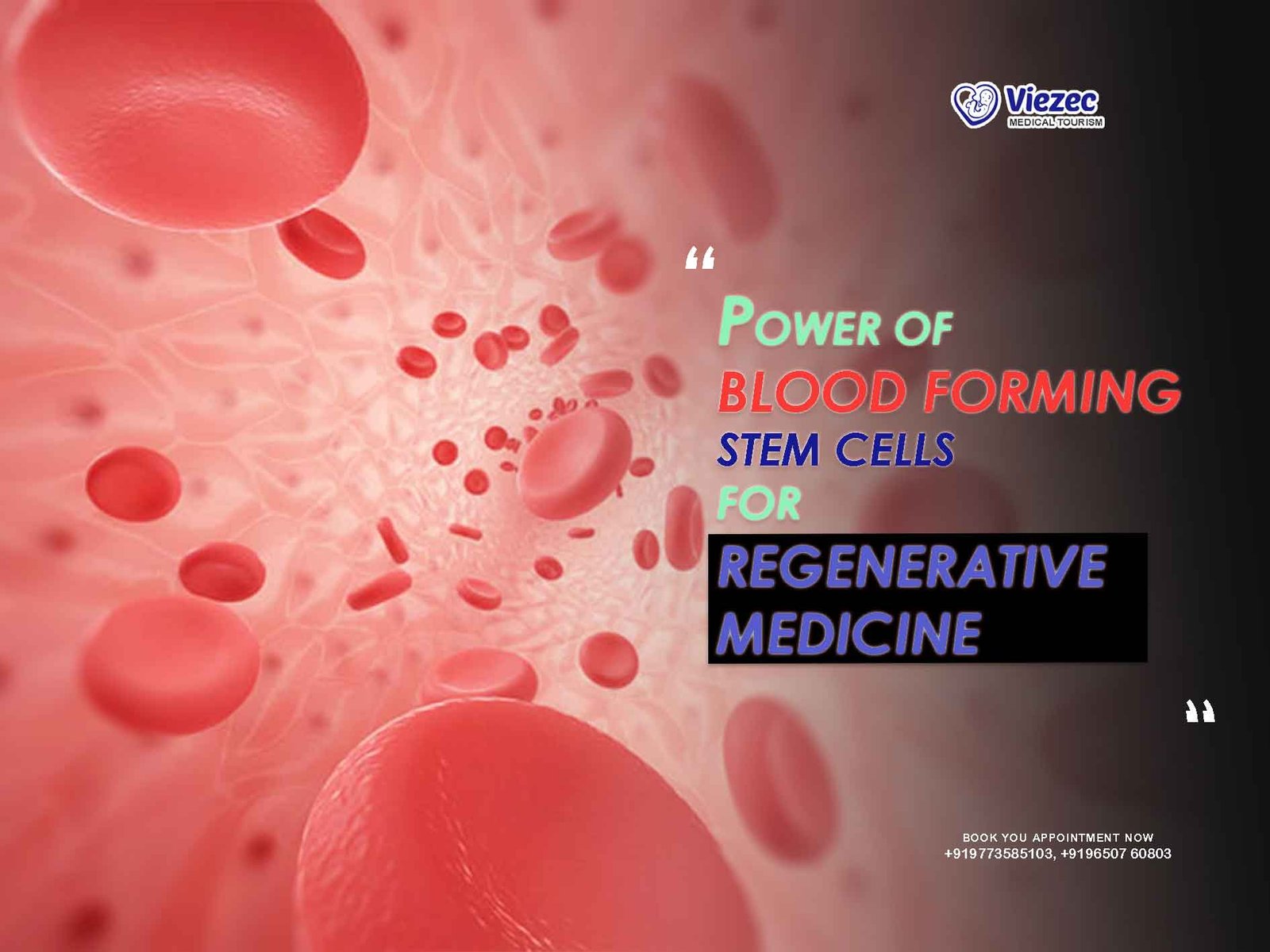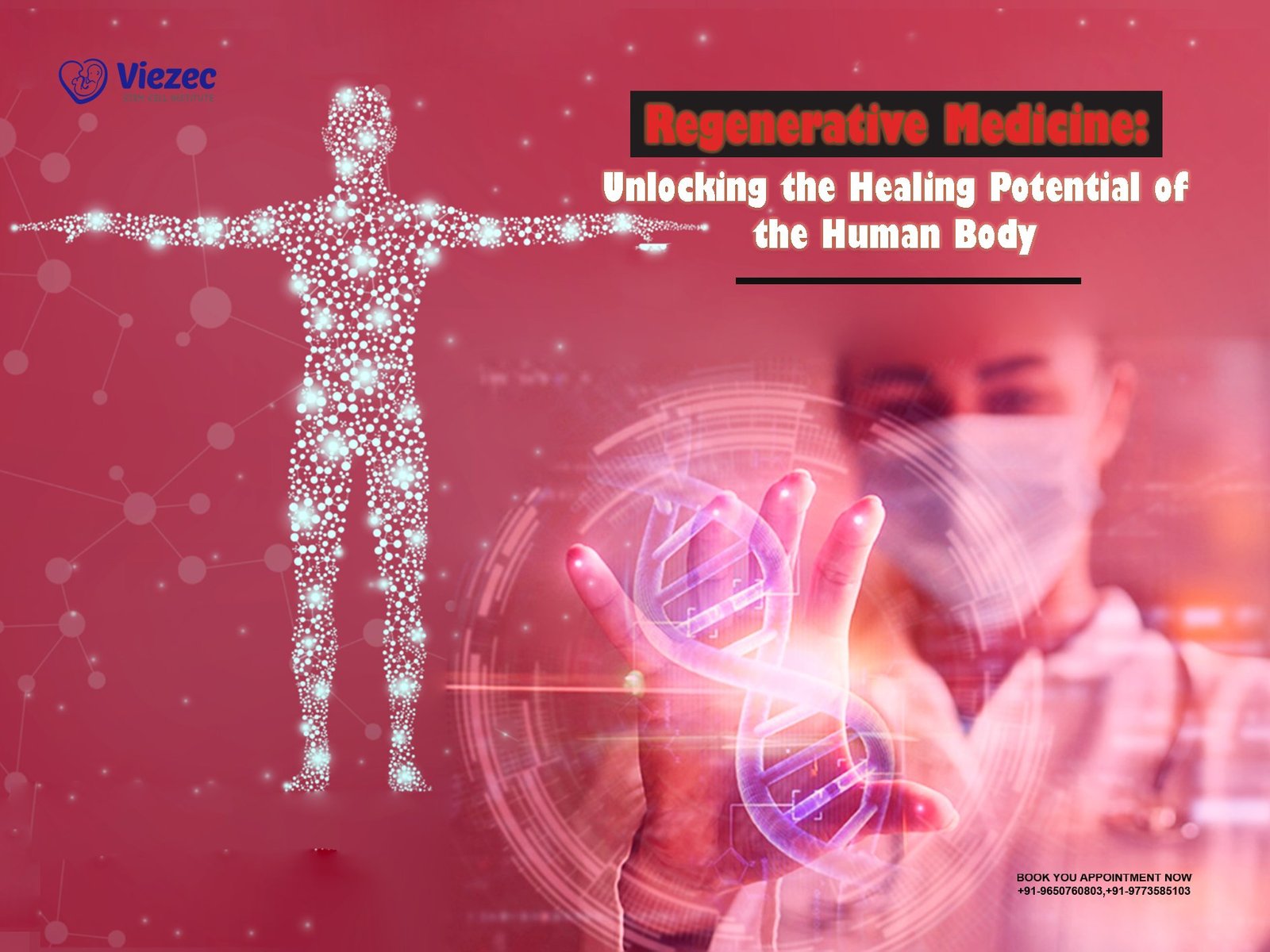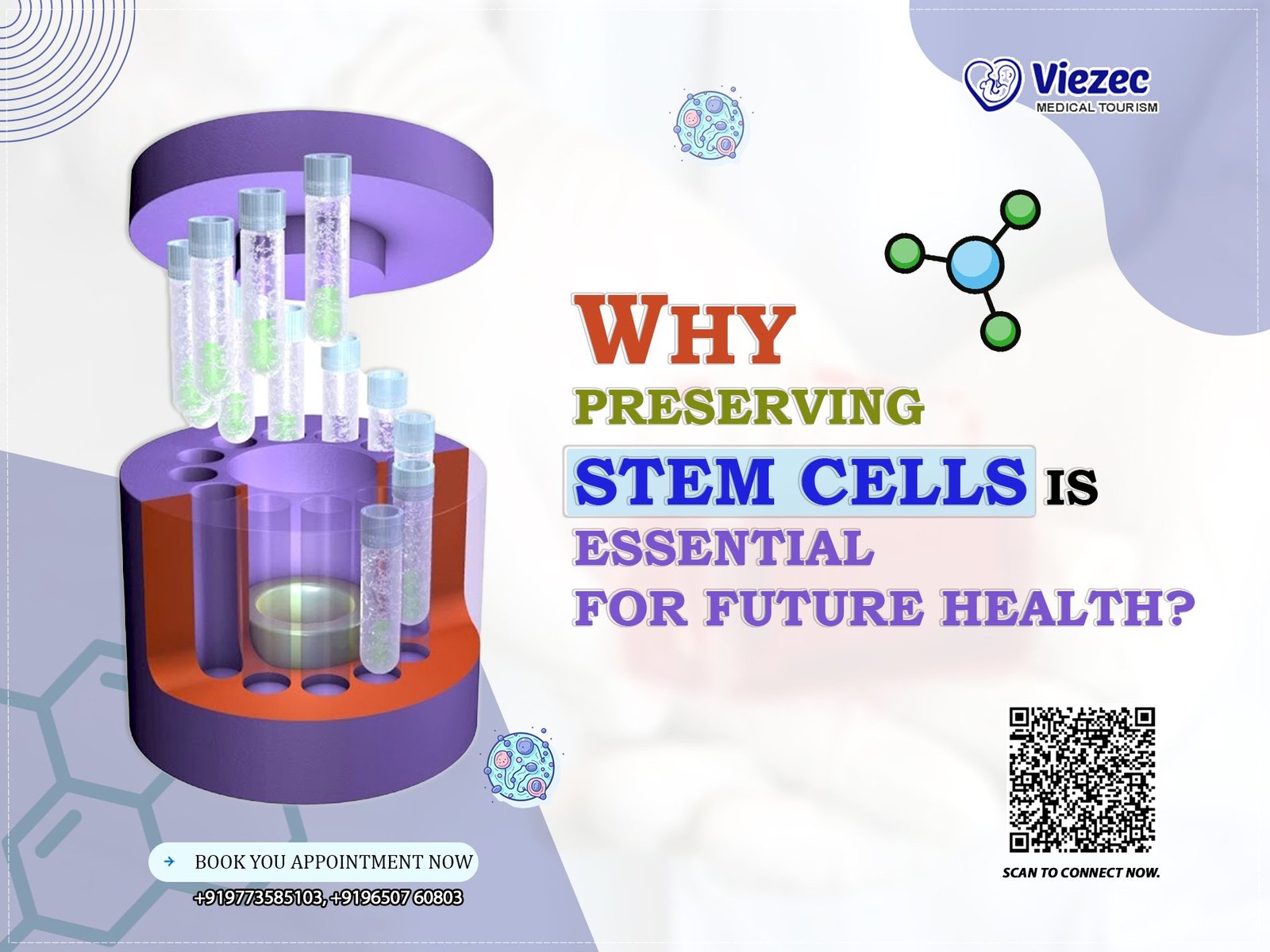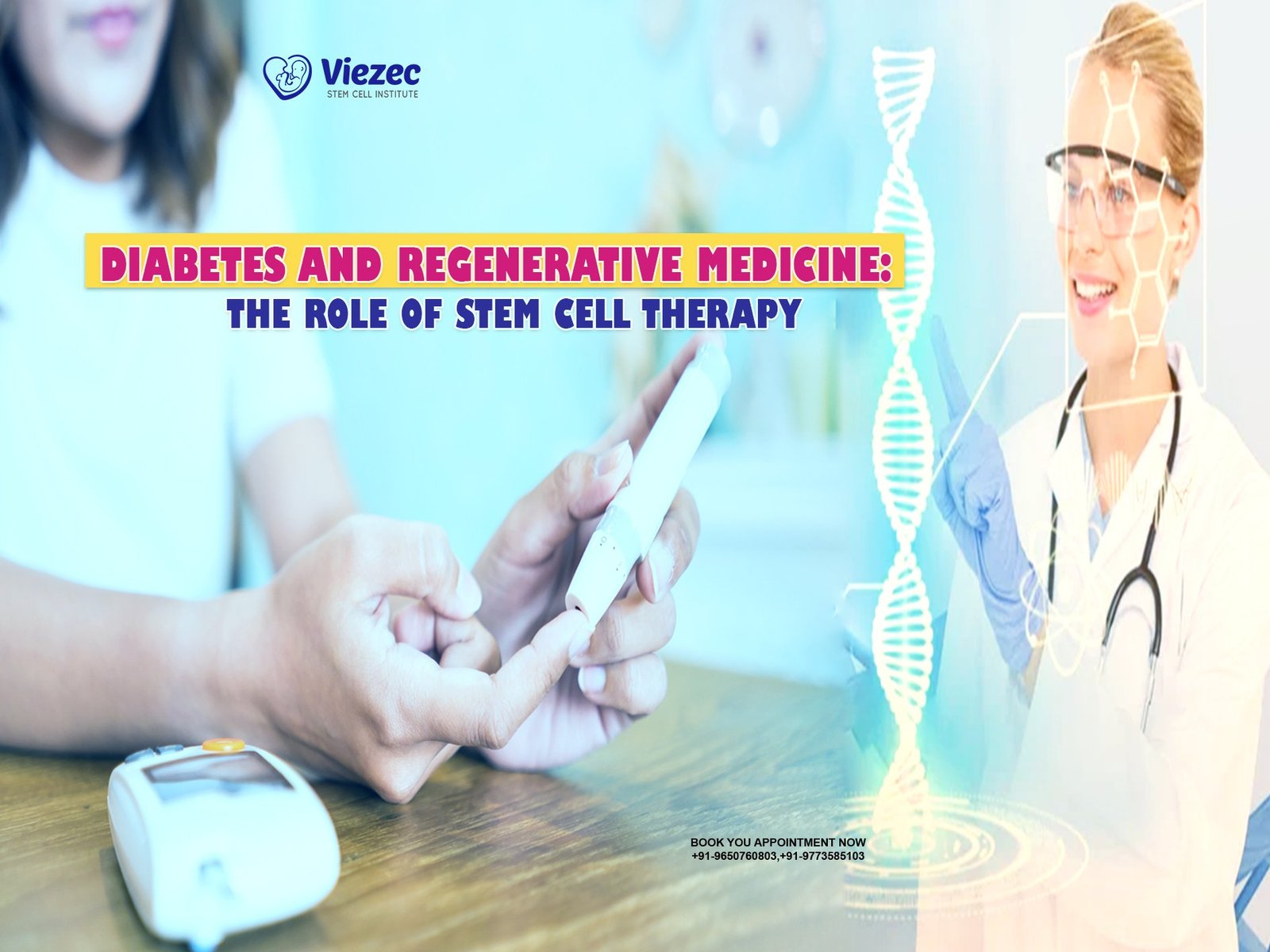In the realm of regenerative medicine, one type of stem cell stands out for its remarkable potential: blood forming stem cells. These cells, also known as hematopoietic stem cells (HSCs), are responsible for replenishing all blood cell types throughout our lives. Beyond their essential role in maintaining our blood system, HSCs hold immense promise for treating a wide array of diseases and conditions. From leukemia to genetic disorders, the therapeutic applications of HSCs continue to expand, offering hope for patients worldwide. In this article, we delve into the intricacies of blood forming stem cells and explore their transformative impact on regenerative medicine.
Understanding Blood Forming Stem Cells
What are Hematopoietic Stem Cells?
Hematopoietic stem cells (HSCs) are a type of multipotent stem cell found primarily in the bone marrow. These cells possess the unique ability to self-renew, generating identical copies of themselves, and to differentiate into various blood cell types. The process of hematopoiesis, regulated by HSCs, ensures a constant supply of red blood cells, white blood cells, and platelets, essential for sustaining life.
Characteristics of HSCs
HSCs exhibit several key characteristics that distinguish them from other cell types:
Self-Renewal
One of the defining features of HSCs is their capacity for self-renewal. Through asymmetric division, HSCs can produce both identical daughter stem cells and progenitor cells committed to differentiation, maintaining a pool of undifferentiated cells for continual blood cell production.
Differentiation Potential
HSCs possess multilineage differentiation potential, meaning they can give rise to various specialized cell types. These include erythrocytes (red blood cells), leukocytes (white blood cells), and thrombocytes (platelets), each serving distinct functions within the circulatory system.
Quiescence
HSCs often exist in a quiescent or dormant state within the bone marrow niche, characterized by low metabolic activity and minimal cell division. This quiescent state helps preserve the long-term integrity of the stem cell pool while allowing for rapid activation in response to physiological demands or injury.
Sources of HSCs
While HSCs primarily reside in the bone marrow, they can also be found in peripheral blood and cord blood. Peripheral blood stem cells can be mobilized into circulation through cytokine-based therapies, offering a less invasive alternative to bone marrow transplantation. Cord blood, collected from the umbilical cord and placenta after childbirth, represents another valuable source of HSCs, particularly for pediatric patients and those lacking suitable bone marrow donors.
Clinical Applications of HSCs
Bone Marrow Transplantation
The most established therapeutic use of HSCs is in bone marrow transplantation, also known as hematopoietic stem cell transplantation (HSCT). This procedure involves the infusion of HSCs into a patient, typically following chemotherapy or radiation therapy to eliminate diseased or damaged bone marrow. The transplanted HSCs then migrate to the bone marrow, where they engraft and reconstitute the blood cell population, providing a new source of healthy blood cells.
Treatment of Hematological Disorders
Bone marrow transplantation has revolutionized the treatment of various hematological disorders, including leukemia, lymphoma, and aplastic anemia. By replacing aberrant or dysfunctional hematopoietic cells with healthy counterparts, HSCT offers a potential cure for these conditions, particularly when other treatments have failed.
Gene Therapy
Advancements in gene editing technologies have opened up new avenues for harnessing the therapeutic potential of HSCs. Gene therapy approaches aim to correct genetic defects or introduce therapeutic genes into HSCs, offering personalized treatments for inherited disorders.
Sickle Cell Disease
Sickle cell disease, a hereditary blood disorder characterized by abnormal hemoglobin production, has long posed significant challenges for patients and clinicians. Emerging gene therapy strategies involve modifying HSCs to produce functional hemoglobin, potentially offering a curative solution for individuals with sickle cell disease.
Immunotherapy
HSCs can also be engineered to enhance immune responses against cancer cells, paving the way for innovative immunotherapeutic approaches.
Chimeric Antigen Receptor (CAR) T-cell Therapy
CAR T-cell therapy involves genetically modifying patient-derived T cells to express chimeric antigen receptors, enabling them to recognize and target specific antigens present on cancer cells. While T cells are the primary effectors in this approach, HSCs play a crucial role in replenishing the T cell population and sustaining long-term immune surveillance against cancer.
Tissue Regeneration
Beyond their hematopoietic potential, HSCs have been implicated in tissue regeneration and repair processes, offering tantalizing prospects for regenerative medicine beyond the blood system.
Mesenchymal Stem Cell Interactions
HSCs interact with other cell types within the bone marrow microenvironment, including mesenchymal stem cells (MSCs). Crosstalk between HSCs and MSCs influences hematopoietic stem cell fate decisions and may play a role in regulating tissue homeostasis and repair mechanisms.
Challenges and Future Directions
Engraftment Efficiency
One of the ongoing challenges in HSC-based therapies is achieving efficient engraftment of transplanted stem cells. Improving homing mechanisms and optimizing niche interactions are areas of active research aimed at enhancing engraftment efficiency and patient outcomes.
Immune Rejection
Immunological rejection poses a significant barrier to successful transplantation, particularly in allogeneic settings where donor and recipient HLA (human leukocyte antigen) compatibility must be considered. Strategies to mitigate immune rejection, such as immune suppression regimens and genetic engineering approaches, are under investigation to improve transplant outcomes.
Safety and Off-Target Effects
Gene editing technologies, while promising, raise concerns regarding safety and off-target effects. Ensuring the precise targeting of genetic modifications and minimizing unintended consequences are paramount to the clinical translation of gene therapy approaches involving HSCs.
Tumor Formation
The potential for HSCs to contribute to tumor formation or disease relapse remains a concern in certain contexts, particularly in the context of gene therapy and transplantation. Comprehensive preclinical studies and long-term monitoring of patients are essential to assess the safety and efficacy of HSC-based therapies and mitigate the risk of adverse events.
Blood forming stem cells represent a cornerstone of regenerative medicine, offering versatile therapeutic options for a wide range of diseases and conditions. From bone marrow transplantation to gene therapy and immunotherapy, the clinical applications of hematopoietic stem cells continue to evolve, driven by advances in basic science and technology. As researchers unravel the complexities of HSC biology and translate these insights into clinical practice, the promise of harnessing the power of blood forming stem cells for regenerative medicine grows ever brighter, offering hope for patients and clinicians alike.









